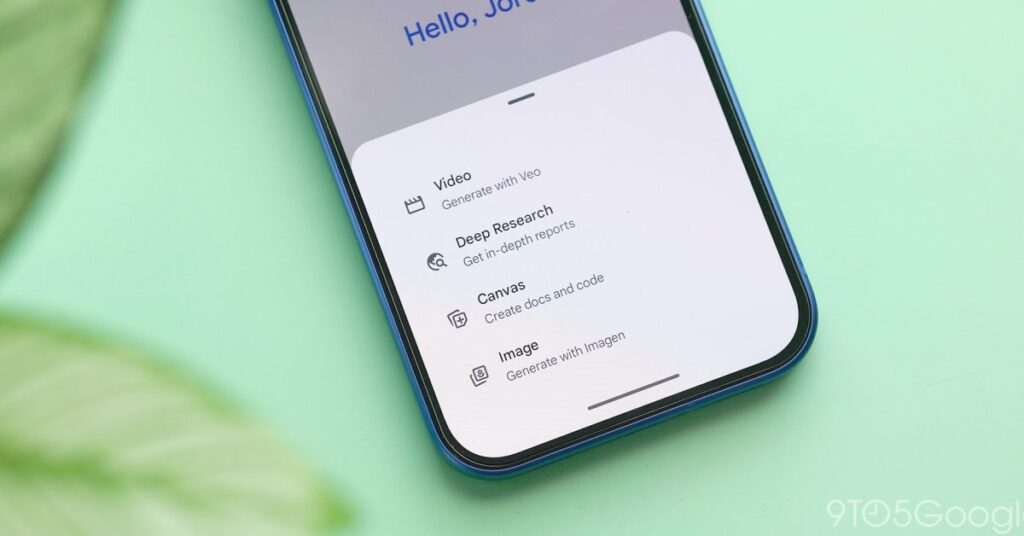
The digital landscape has taken a significant leap forward with the release of the Gemini 3 update, which introduces the Nano Banana Pro image generation to a broader audience. As these AI-generated images become increasingly lifelike, Google has launched an extension to detect hidden watermarks, ensuring users can verify the authenticity of digital images. This development is crucial as it addresses growing concerns over the authenticity of digital content.
In recent updates to Google’s Nano Banana, AI-generated images are embedded with invisible watermarks, indicating their origin from a generation engine. This advancement makes Google’s AI detection tool indispensable for users seeking to discern AI-generated images from real ones. According to Google, every image produced by Gemini 3 Pro includes SynthID markers. While Gemini’s models can detect these markers, they remain invisible to the average viewer.
The SynthID extension within the Gemini app is designed to identify these markers. When a portion of an image contains these markers, Gemini can confidently confirm its AI-generated nature. This tool is a response to the increasing sophistication of AI-generated imagery, which poses challenges to digital content verification.
How to Detect AI-Generated Images
For users eager to verify the authenticity of an image, the Gemini app offers a straightforward process. By following a few simple steps, users can determine if an image was created using Nano Banana or other AI models:
- Open the Gemini app or website.
- Tap “Add files +” to upload the image in question.
- Pose a verification question such as:
- “Was this created or edited with Google AI?”
- “Is this image real?”
- “Is this AI-generated?”
- Alternatively, type “@synthid” after attaching an image.
This user-friendly interface is designed to empower users with the ability to scrutinize digital images critically, ensuring transparency in digital media.
Limitations and Challenges
While the Gemini tool is a powerful asset, it does have its limitations. It can only provide definitive answers for images generated using Nano Banana Pro. If an image is generated by another AI model, such as those developed by ChatGPT, Gemini cannot guarantee 100% accuracy in its assessment. This is due to the absence of a standardized watermark across different AI generation tools.
Nevertheless, Gemini can still analyze images in remarkable detail, identifying subtle inconsistencies that may indicate AI generation. These include anomalies in hair blending, symmetry, and overall aesthetic quality. However, without a SynthID marker, the tool cannot conclusively identify an AI-generated image.
Implications for the Future
The introduction of Google’s AI image detection tool marks a significant step in the ongoing battle against digital misinformation. As AI-generated content becomes more prevalent, tools like Gemini are essential for maintaining trust in digital media. The ability to verify the authenticity of images not only aids individual users but also supports broader efforts to combat the spread of false information online.
Looking ahead, the development of standardized markers across all AI generation tools could enhance the accuracy and reliability of image verification processes. As the technology evolves, so too will the methods for ensuring digital content remains trustworthy and authentic.
In conclusion, Google’s Gemini AI image detection tool represents a proactive approach to addressing the challenges posed by increasingly realistic AI-generated images. By providing users with the means to verify digital content, Google is paving the way for a more transparent and trustworthy digital future.







